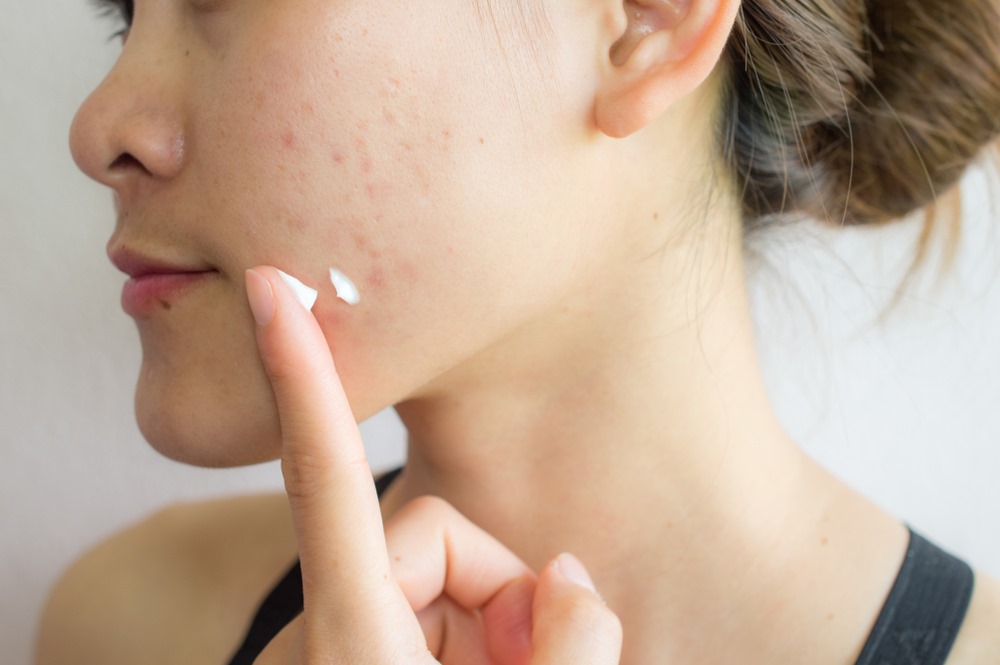Salicylic Acid is a well-known ingredient in skincare, particularly favored for its efficacy in treating acne and other skin conditions. Derived from the bark of willow trees, this beta hydroxy acid (BHA) is oil-soluble, making it particularly effective at penetrating oily skin and unclogging pores. But beyond acne treatment, salicylic acid offers a range of benefits that can help improve overall skin health. Here’s a closer look at what salicylic acid is and how it benefits the skin.
What Is Salicylic Acid?
Salicylic Acid 6 is a type of beta hydroxy acid (BHA), which differs from alpha hydroxy acids (AHAs) in that it is oil-soluble rather than water-soluble. This unique property allows salicylic acid to penetrate deep into the pores of the skin, dissolving the sebum and dead skin cells that can lead to acne and other skin issues. It is widely used in over-the-counter and prescription skincare products, including cleansers, toners, spot treatments, and exfoliants.
How Salicylic Acid Works
Exfoliation:
-
- Unclogging Pores: Salicylic acid works as a keratolytic agent, meaning it helps to exfoliate the outer layer of the skin. It does this by loosening and breaking down the bonds between dead skin cells, encouraging them to shed more easily. This exfoliating action is particularly beneficial for unclogging pores, as it prevents the build-up of dead skin cells that can trap oil and bacteria, leading to blackheads and whiteheads.
- Smoother Skin Texture: By promoting the shedding of dead skin cells, salicylic acid helps to smooth the skin’s surface, reducing roughness and improving texture.
Anti-Inflammatory Properties:
-
- Reducing Redness and Swelling: Salicylic acid is also known for its anti-inflammatory properties, which can help to reduce the redness and swelling associated with acne. This makes it an excellent choice for those with inflamed pimples or cystic acne, as it can calm the skin and promote healing.
- Soothing Sensitive Skin: Despite its powerful action, salicylic acid is often well-tolerated by those with sensitive or reactive skin, particularly when used in lower concentrations.
Oil Control:
-
- Regulating Sebum Production: Salicylic acid can penetrate oily skin more effectively than water-soluble ingredients. Once inside the pore, it helps to dissolve excess sebum, reducing the overall oiliness of the skin. This can be particularly beneficial for individuals with oily or combination skin types, as it helps to keep pores clear and reduce the likelihood of breakouts.
- Preventing Acne Formation: By keeping the pores free from oil and debris, salicylic acid plays a key role in preventing the formation of new acne lesions.
Antimicrobial Action:
-
- Fighting Bacteria: Salicylic acid also has mild antimicrobial properties, which can help to reduce the presence of acne-causing bacteria on the skin. This contributes to its effectiveness as an acne treatment, as it not only unclogs pores but also addresses one of the root causes of acne.
- Preventing Infections: By reducing bacteria on the skin, salicylic acid can help to prevent infections in existing acne lesions, promoting faster healing.
Who Should Use Salicylic Acid?
Salicylic acid is particularly beneficial for individuals with oily, acne-prone skin, as it effectively targets the factors that contribute to acne development. However, it can also be useful for those with combination skin, blackheads, whiteheads, and even some forms of rosacea due to its anti-inflammatory properties.
- Acne-Prone Skin: If you struggle with frequent breakouts, salicylic acid can be an essential part of your skincare routine. Its ability to penetrate pores and reduce sebum makes it highly effective in preventing and treating acne.
- Combination Skin: For those with combination skin, salicylic acid can be used on oilier areas of the face to help control shine and prevent breakouts.
- Sensitive Skin: While salicylic acid is generally well-tolerated, individuals with sensitive skin should start with lower concentrations to avoid irritation. It’s always a good idea to patch-test new products containing salicylic acid before applying them to the entire face.
How to Use Salicylic Acid
- Cleansers: Salicylic acid cleansers are a good starting point for those new to the ingredient. These products cleanse the skin while delivering a mild dose of salicylic acid to help keep pores clear.
- Toners: Salicylic acid toners can be used after cleansing to further exfoliate and refine the skin. These are particularly useful for those with large pores or oily skin.
- Spot Treatments: For targeted treatment of blemishes, salicylic acid spot treatments can be applied directly to pimples to reduce inflammation and promote faster healing.
- Exfoliants: Salicylic acid exfoliants, such as serums or masks, offer a more intensive treatment. These products can be used 1-2 times per week to maintain clear, smooth skin.
Potential Side Effects
While salicylic acid is generally safe and effective, it can cause dryness or irritation in some individuals, particularly when used in high concentrations or applied too frequently. To minimize the risk of side effects, start with a lower concentration and gradually increase usage as your skin builds tolerance. Always follow up with a good moisturizer to keep your skin hydrated.
Conclusion
Salicylic acid is a versatile and powerful ingredient that offers numerous benefits for the skin, particularly for those struggling with acne and oily skin. Its ability to exfoliate, reduce inflammation, control oil, and fight bacteria makes it a cornerstone of many effective skincare routines. However, as with any active ingredient, it’s important to use salicylic acid correctly and in the right concentration to achieve the best results without irritation. Whether you’re dealing with persistent breakouts or simply want to maintain clear, smooth skin, salicylic acid can be a valuable addition to your skincare arsenal.

